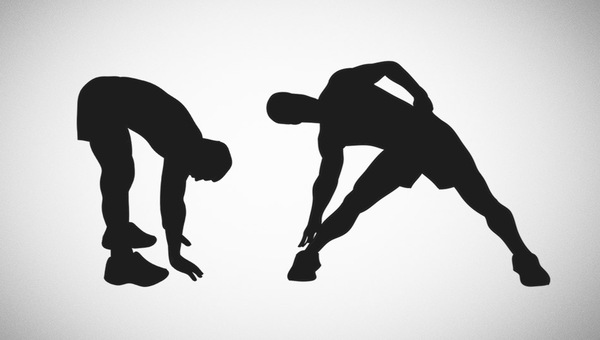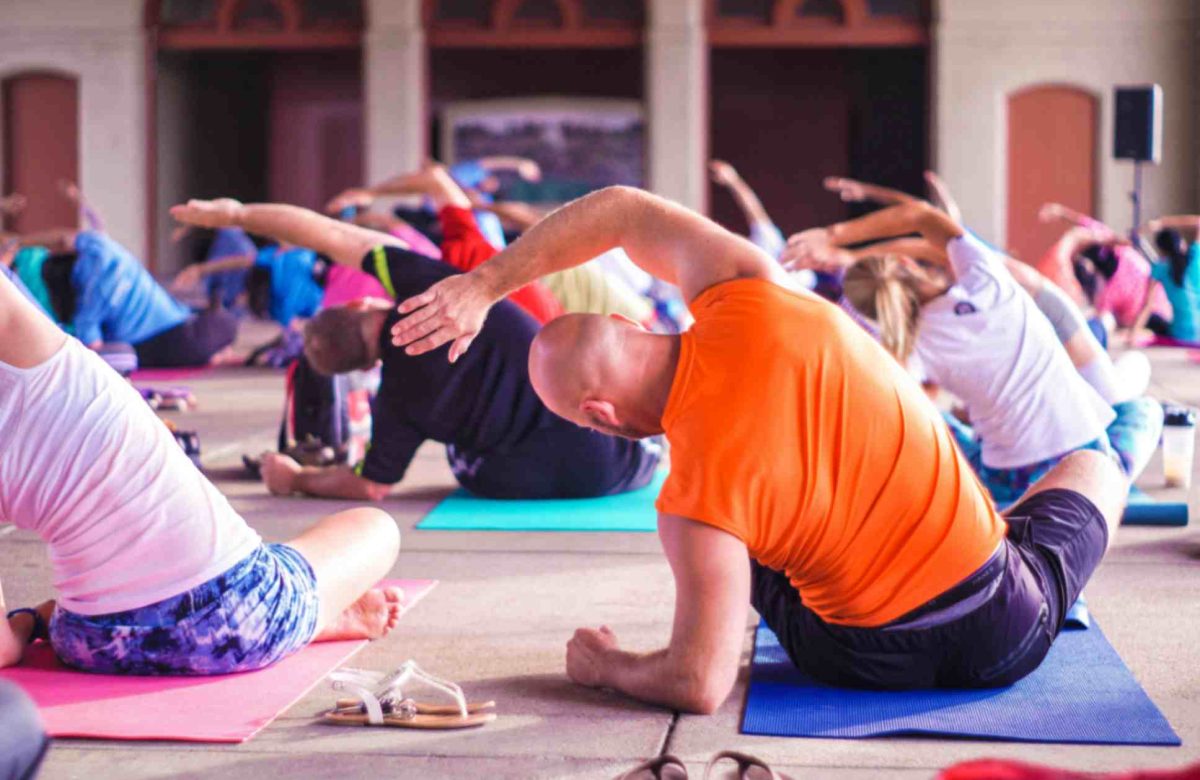How to Enhance Your Flexibility with Dynamic Stretching

Flexibility is a key component of overall fitness and plays a vital role in improving athletic performance, preventing injuries, and promoting better posture and range of motion. Dynamic stretching is a powerful technique that can significantly enhance flexibility and prepare the body for physical activities. Unlike static stretching, which involves holding a position for an extended period, dynamic stretching involves moving the muscles and joints through a full range of motion. It helps increase blood flow, warm up the body, and improve flexibility by stretching the muscles in a controlled, active manner. In this blog, we will explore the benefits of dynamic stretching, its effectiveness in improving flexibility, and a comprehensive guide on how to incorporate dynamic stretching into your fitness routine.
The Benefits of Dynamic Stretching
- Improved Flexibility: Dynamic stretching targets various muscle groups and increases flexibility more dynamically and functionally than static stretching.
- Enhanced Athletic Performance: Dynamic stretching prepares the body for physical activities by increasing blood flow and activating the muscles, leading to improved performance.
- Injury Prevention: By increasing flexibility and range of motion, dynamic stretching can reduce the risk of muscle strains and injuries during physical activities.
- Increased Body Awareness: Dynamic stretching requires focus and coordination, leading to improved body awareness and proprioception.
- Better Warm-up: Dynamic stretching serves as an effective warm-up by elevating the heart rate and preparing the body for more intense exercise.
Dynamic Stretching Exercises for Flexibility
1. Leg Swings
Stand next to a wall or a sturdy object for support. Swing one leg forward and backward in a controlled manner, keeping it straight or slightly bent. Repeat for 10-15 swings on each leg.
2. Arm Circles
Hold your arms at shoulder height out to the sides. Make circular motions with your arms, gradually increasing the size of the circles. Repeat for 10-15 seconds in each direction.
3. Walking Lunges with Twist
Lie on your right side and lunge forward with your right leg. As you lower into the lunge, twist your torso to the right, stretching the muscles in the back and hips. Repeat on each side for 10-12 lunges by alternating legs.
4. High Knees
Stand with your feet hip-width apart. Run in place while lifting your knees as high as possible, engaging your core and hip flexors. Perform high knees for 30-60 seconds.
5. Butt Kicks
Stand with your feet hip-width apart. Run in place while kicking your heels toward your glutes. Perform butt kicks for 30-60 seconds.
6. Walking Toy Soldiers
Take a step forward with your right leg, keeping it straight. As you step, extend your left arm forward and try to touch your right foot with your hand. Repeat on the other side, alternating legs for 10-12 repetitions on each side.
7. Inchworms
Start in a standing position and bend forward, placing your hands on the ground. Get into a plank position by walking your hands forward. Then, walk your feet towards your hands, returning to the standing position. Repeat for 8-10 inchworms.
8. Spiderman Stretch
Get into a push-up position. Step your right foot outside your right hand, keeping your left leg extended. Lower your hips towards the ground, feeling a stretch in your hips and groin. Hold for a few seconds, then switch to the other side, alternating legs for 5-6 repetitions on each side.
9. Dynamic Adductor Stretch
Stand with your feet wide apart. Shift your weight to one side, bending the knee slightly while keeping the other leg straight. Shift your weight to the other side, alternating sides for 10-12 repetitions on each side.
10. Dynamic Calf Stretch
Stand facing a wall with your hands pressed against it. Step one foot back and press your heel into the ground, feeling a stretch in your calf. Switch legs and repeat for 10-12 repetitions on each side.
Also Read : How to Build Strength with Bodyweight Exercises
How to Incorporate Dynamic Stretching into Your Routine
- Warm-Up: Always perform a light warm-up before starting dynamic stretching. This can include 5-10 minutes of light aerobic exercises such as jogging, brisk walking, or jumping jacks.
- Start Slowly: If you are new to dynamic stretching, start with a shorter duration and gradually increase the intensity and range of motion.
- Perform Before Exercise: Incorporate dynamic stretching into your warm-up routine before engaging in more intense physical activities or sports.
- Include Multiple Planes of Motion: Incorporate dynamic stretches that target different muscle groups and multiple planes of motion to improve overall flexibility.
- Be Mindful of Form: Focus on maintaining proper form and control during each dynamic stretch to avoid overstretching or straining muscles.
- Breathe: Remember to breathe throughout each dynamic stretch. Inhale deeply through your nose and exhale through your mouth.
- Use Equipment: You can incorporate equipment like resistance bands or exercise balls to enhance certain dynamic stretches.
- Cooling Down: After dynamic stretching and your main workout, engage in static stretching and cool down exercises to help relax the muscles and prevent post-workout stiffness.
Conclusion
Dynamic stretching is a powerful tool for enhancing flexibility and preparing the body for physical activities. By incorporating dynamic stretches into your fitness routine, you can improve your range of motion, reduce the risk of injuries, and enhance athletic performance. Remember to perform a light warm-up before engaging in dynamic stretching and focus on maintaining proper form and control throughout each stretch. Whether you are an athlete looking to improve performance or simply aiming to increase your flexibility, dynamic stretching can be an effective and enjoyable addition to your fitness regimen. So, get moving, and start reaping the benefits of dynamic stretching for improved flexibility and overall physical well-being.




